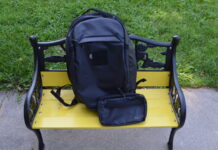
The conflict in Ukraine has been absolutely brutal and now lasted two years. Arguably, it’s been going on for a decade if we rewind time back to 2014 and the annexation of Crimea. I’m not qualified to talk about politics, the tactical situation, or long-term strategy. I’m not that kind of armchair commando. The kind of armchair commando I am, looks at gear and guns and argues if it’s good or not! Today, in armchair commanding, I’m looking at Holosun and pondering if they are now officially combat-proven.
Who Is Holosun?
If you’ve been living under a rock, Holosun is an optics company, specifically a Chinese optics company with international offices. If I have my research right, the parent company of Holosun is an emitter company that broke off to make complete optics. We can see their rise with the rise of the SIG ROMEO5. The ROMEO5 was made by Holosun for SIG and proved to be a fairly robust and well-made optic.
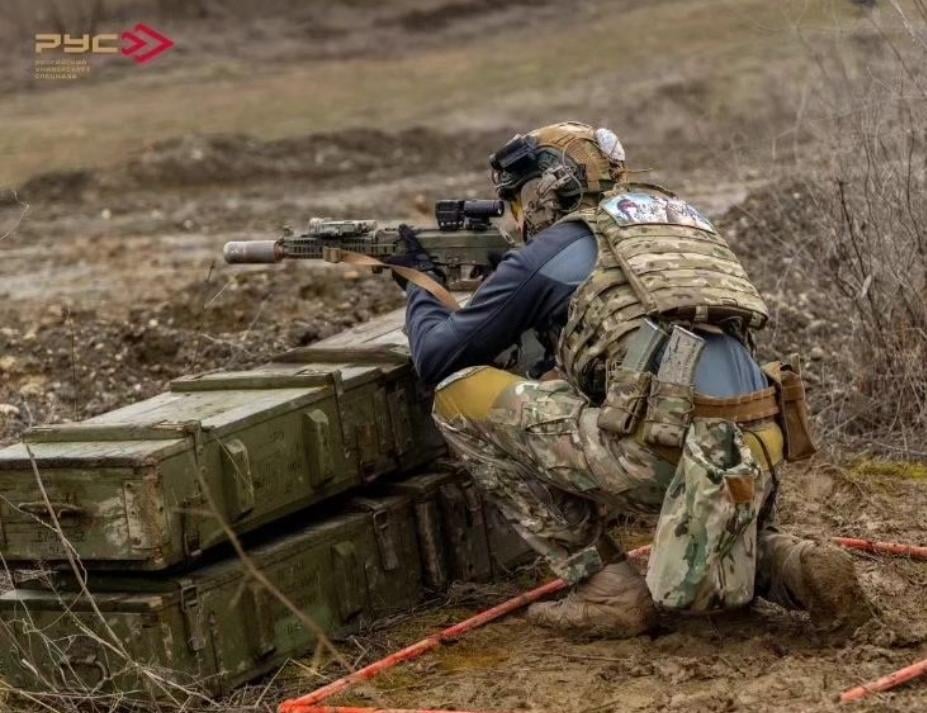
Holosun more or less made their name by producing what’s essentially an Aimpoint T-1 type red dot optics. Small, round, tubular designs. They were as simple as it got when it came to red dot designs but robust and worthwhile. Then they exploded, namely with the Holosun 507C optic. It was a Trijiocn RMR-sized optic that was half the price of Trijiocn and performed damn well.
Ever since then, they’ve grown into an absolute monster of a company. They are incredibly innovative and impressively so. Other optics companies are playing catch up. Due to their international presence and low price, they have popped up quite a bit. This includes both sides of the Ukraine conflict.
Holosun & Ukraine
It’s not a big surprise to see these optics in the hands of Ukrainian soldiers and fighters. A lot of their military is made up of recent volunteers, and they use an odd assortment of gear from a variety of different countries. What is interesting is the use of Russian forces, which are supposed to be a professional military force. I’m not just talking about Wagner forces or random soldiers hard-wiring optics to their AKs.
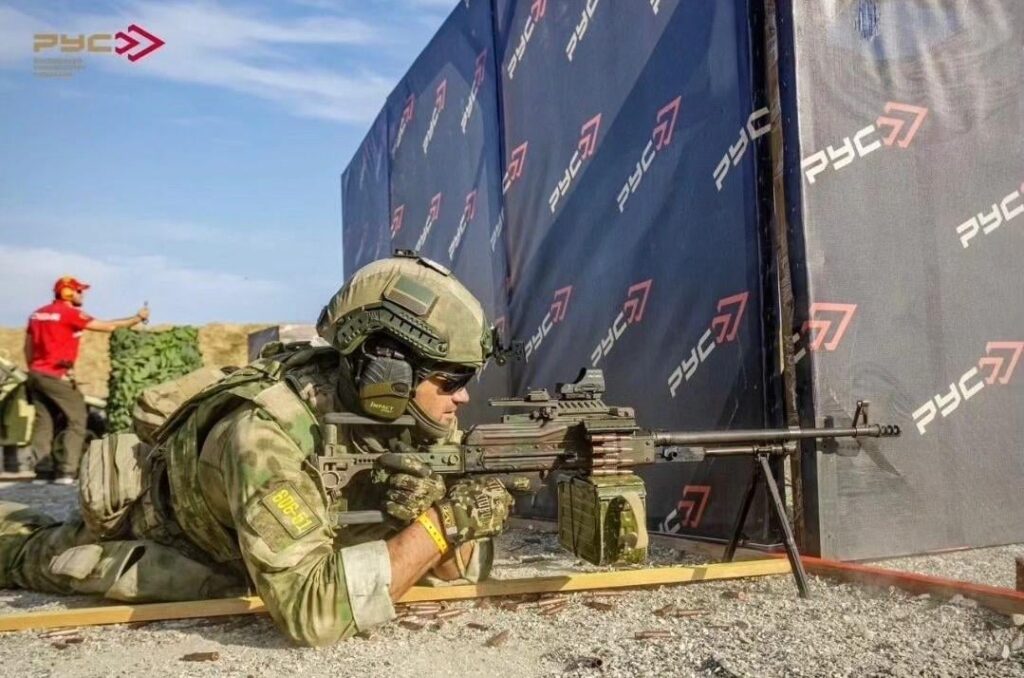
From the various international news sources I follow, it’s been forces like Spetznas using Holosuns. Those guys are supposed to be elite special operations forces. They’ve been spotted with a wide variety of Holosun optics on their rifles and machine guns. In the past, the Russian military has had PR campaigns showing their troops wielding EOTechs on their weapons. The Russians make their own optics, and the 1P87 is their somewhat famous red dot.
Why Holosun? Well, it’s likely tough to get EOTechs in Russia, and the sanctions since the war popped off have been quite heavy. I’m sure EOTech is actively making sure none of their retailers or dealers are selling to Russia either. The same goes for other international companies with well reputed dots, like Aimpoint.
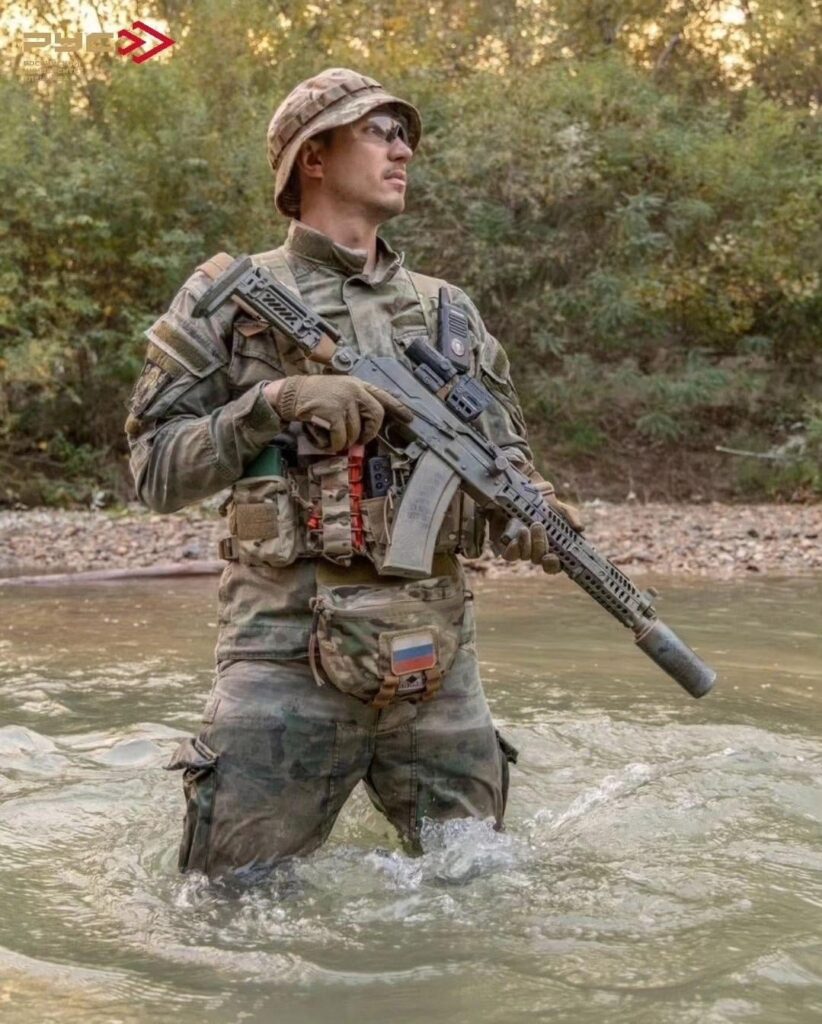
Why not use Russian optics? Well, in my limited experience, Russian optics suck. The 1P87 isn’t exactly a great optic. I would take a Holosun over the 1P87 as well.
Which Optics?
Newsweek reported that a Russian-based outdoor retailer imported over 2,000 Holosun optics. I’m seeing a mix of various red dots, lots and lots of tube-type 403-style optics. They seem to be the most common optics used by both Ukrainian fighters and Russian soldiers. I’ve also seen a few examples of the AEMS and the 510C in use.
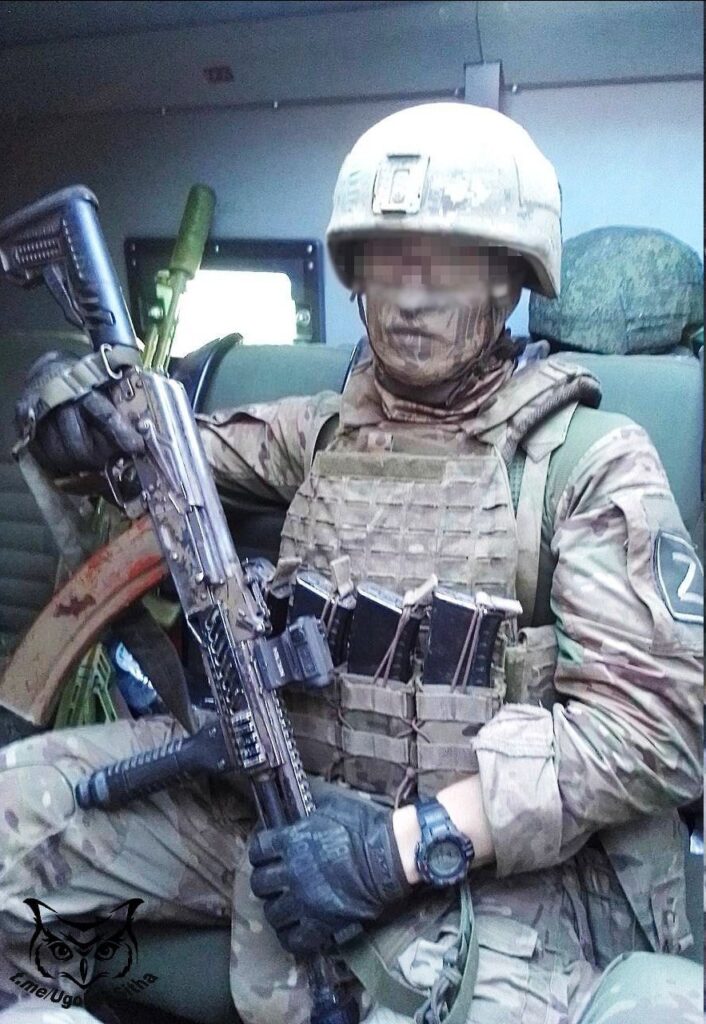
The guns are using magnifiers from Holosun on top of the red dots. The users mount the optics via side rail mounts; however, some examples of AK-12s are using the rail dust cover.
The use of Holosun seems to be rising. We are still seeing the ancient POSPs in use, as well as the 1P87. Throughout the war, the magnified optics tended to be Russian-made, but some Leupold optics slipped through as well. More recent photos taken and shared over social media channels show a fascinating rise of Holosun red dots, even amongst Russia’s Elite forces.


